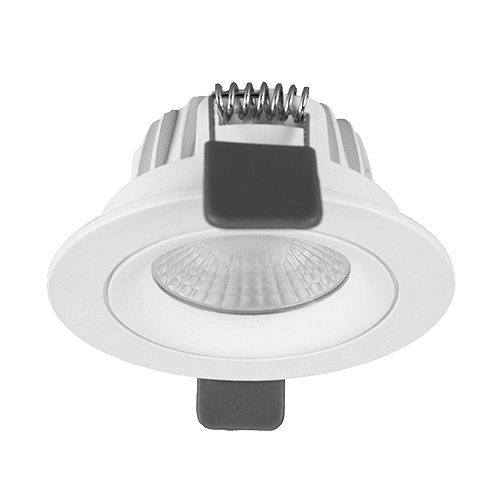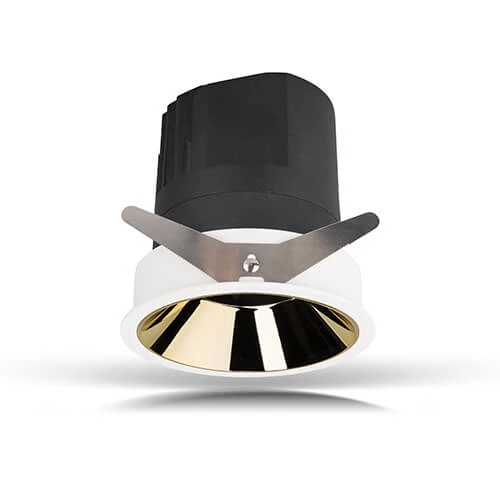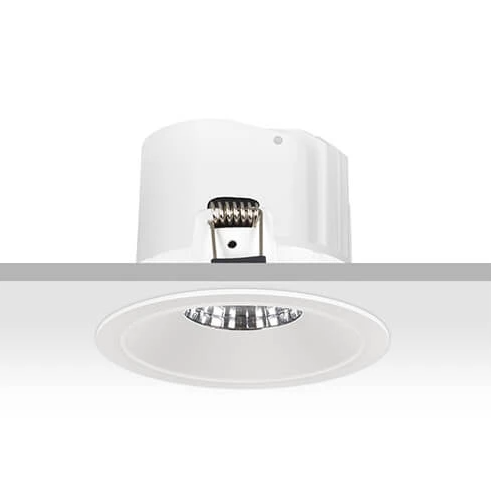What distinguishes downlights from recessed lights? This article aims to delve into the comprehensive details of these two lighting fixtures.
Downlights, also known as pot lights or can lights, are fixtures that are installed into a hollow space in the ceiling. These lights focus the illumination downwards, creating a spotlight effect on the area underneath. On the other hand, recessed lights are installed flush with the ceiling, providing a seamless look with the surrounding surface. The key difference lies in their installation method and the resulting visual impact on the room.
When it comes to functionality, both downlights and recessed lights offer illumination and contribute to the overall ambiance of a room. However, there are notable disparities in their light output. Downlights are designed to provide more focused and directional lighting, making them ideal for accent lighting or task-oriented spaces such as kitchen counters or art displays. Recessed lights, on the other hand, offer a wider spread of light, making them suitable for general lighting in larger areas like living rooms or bedrooms.
The versatility of downlights and recessed lights also sets them apart. Downlights are available in various designs, such as adjustable, fixed, or wall washers, catering to different lighting needs. They can be tilted or rotated to direct light precisely where it is desired. Recessed lights, although limited in their adjustability, provide a clean and minimalist look due to their flush installation. They often come in different sizes and shapes, allowing for customization based on the aesthetic preferences of the space.

Energy efficiency has become a crucial factor in lighting choices. Downlights, particularly those utilizing LED technology, are known for their energy-saving capabilities. LEDs consume less electricity and have a longer lifespan compared to traditional bulbs. Recessed lights, although also capable of using LED bulbs, might not offer the same energy efficiency due to the larger light spread. Consequently, downlights tend to be more cost-effective in the long run, considering the reduced energy consumption and maintenance expenses.
Understanding the distinctions between downlights and recessed lights is essential for making informed lighting choices. While downlights provide focused illumination and versatility, recessed lights offer a more ambient and seamless appearance. Both have their advantages and applications, so selecting the suitable lighting fixture depends on the intended purpose, room size, and overall design aesthetic. By considering the functionality, design, versatility, and energy efficiency, one can make an informed decision that best suits their specific lighting needs.
 HK international lighting fair(Autumn Ed
HK international lighting fair(Autumn Ed
 What Type of Downlight Is Suitable for H
What Type of Downlight Is Suitable for H
 What Makes Recessed Down Lights Ideal fo
What Makes Recessed Down Lights Ideal fo
 Enhancing Outdoor Lighting with IP65 Rec
Enhancing Outdoor Lighting with IP65 Rec